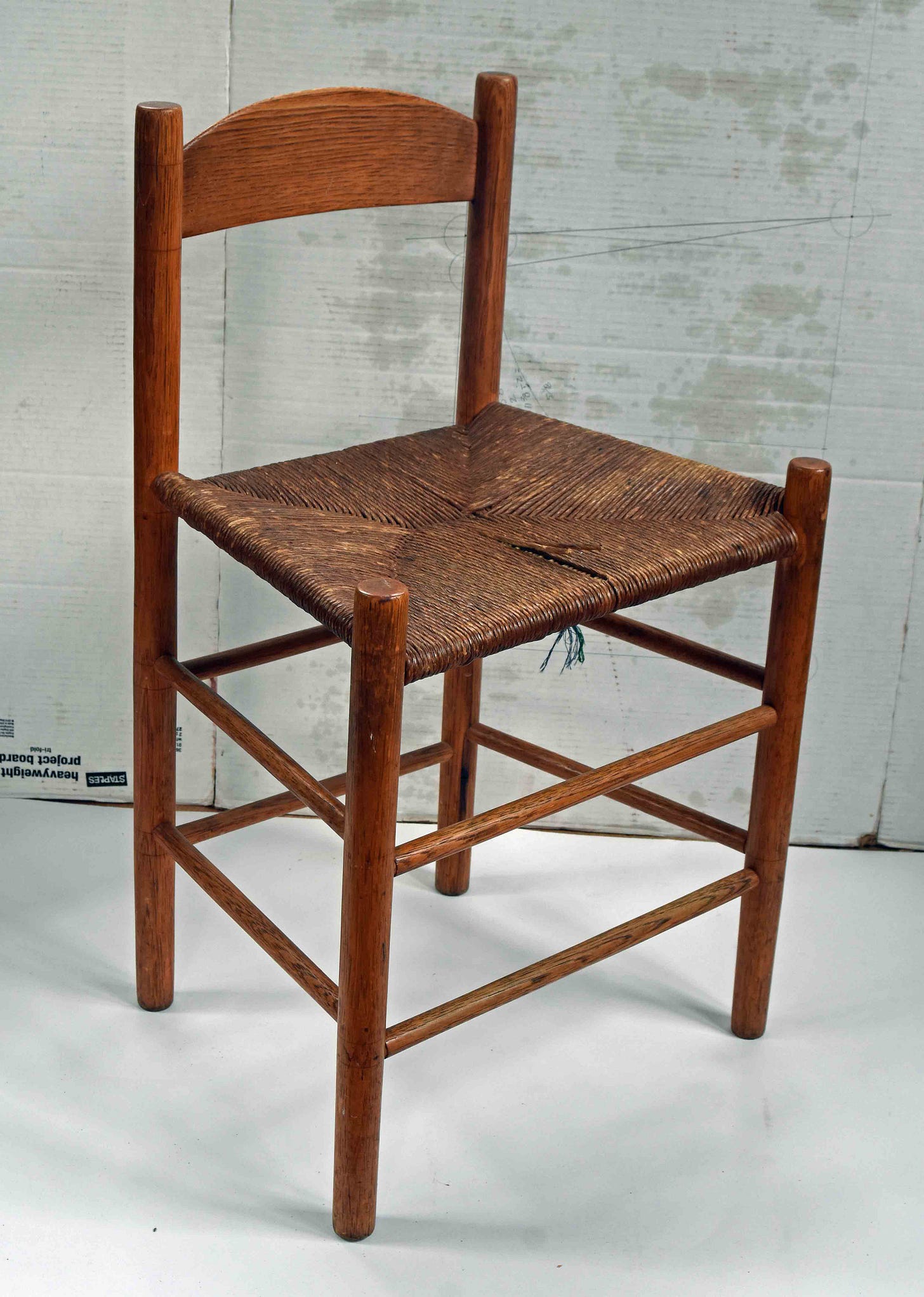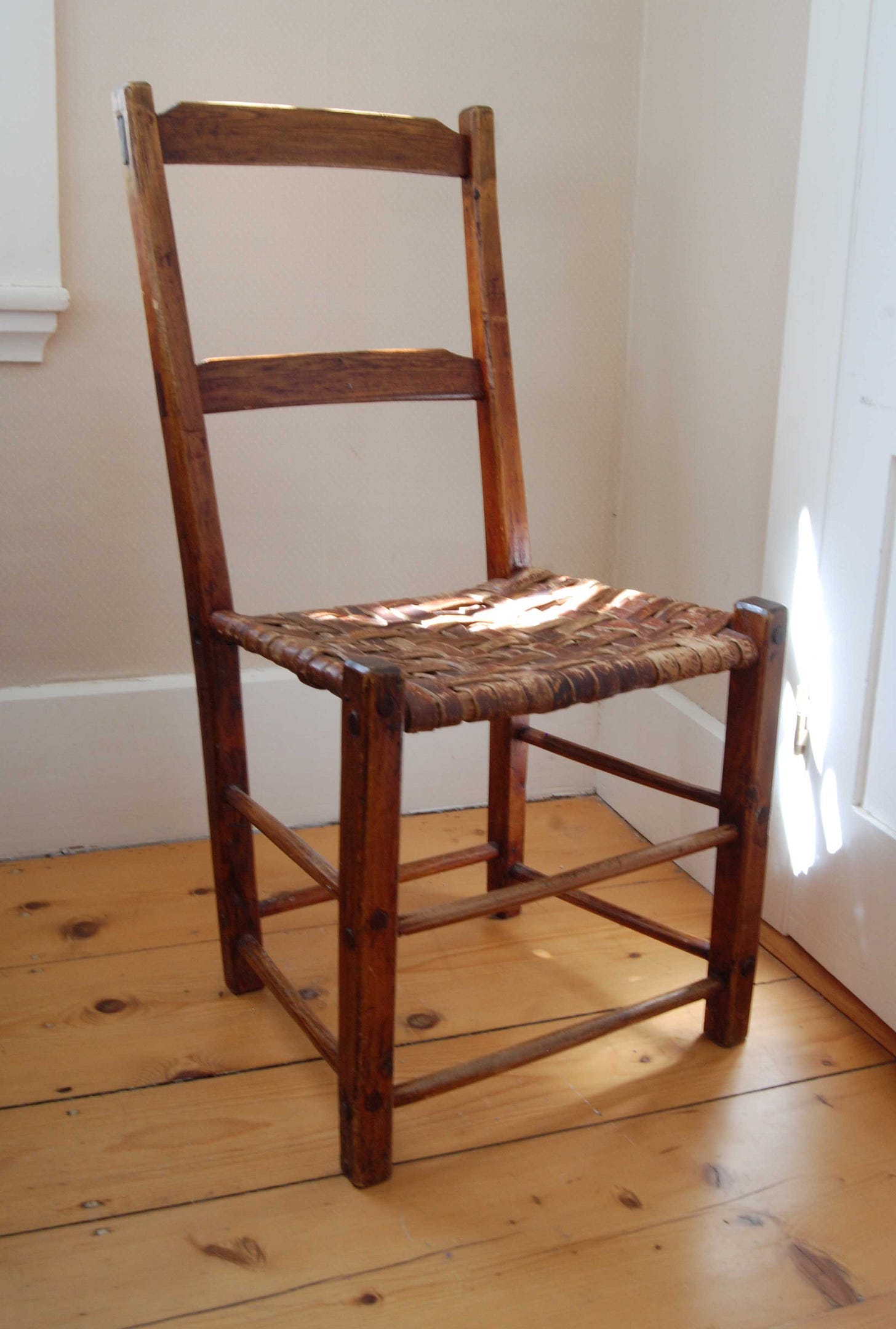[Maybe this is part of my Craft Genealogy book, I don’t know. But I’ve written it as part of that project. Figuring I can always toss it when I have a better idea what that book is and isn’t.]
In the 3rd edition of Make a Chair from a Tree (MACFAT3) there is the story of how Jennie Alexander came to be shaving chair parts instead of turning them. Some of that story is even true. Regardless of how that came about, it was something JA was headed toward for a good while. She had begun corresponding with Dave Sawyer who in a July 1976 letter wrote: “I’ve made near 200 ladderback chairs, most 3-slat, most with hickory bark seats - using just the same methods you do (unless you turn your posts - I shave mine).” [PF emphasis]
JA’s first chairs were indeed turned. I have one here, a one-slat chair much like Shaker chairs JA studied in detail. Except it’s turned from hickory. Beastly heavy, uncomfortable as hell. But I kept it because it represents the beginning of her career - everybody has to start somewhere.
Shaving chair parts might seem old-timey, but it’s not all that common an approach. It certainly did happen, but historically, most post and rung chairs were turned on the lathe. Shaved as preparation for that, but the finished shape came from the lathe. There are exceptions, both as traditional forms and aberrations. The square-post chairs of Atlantic Canada are a good example, all shaved. But their structure is just what Alexander and Sawyer were making. There’s not much you can change about a post and rung chair.
Keep reading with a 7-day free trial
Subscribe to Follansbee's Substack to keep reading this post and get 7 days of free access to the full post archives.





